HEMS A109S Night Loss of Control Inflight (LOC-I): Excessive Cyclic Input in Missed Approach (North Memorial, N91NM, Minnesota)
On 17 September 2016 a Leonardo AW109S Grand air ambulance helicopter, N91NM, operated by North Memorial Air Care, crashed near Chandler Field Airport (AXN), Alexandria, Minnesota. The pilot and both medical personnel on board were seriously injured and the helicopter was destroyed in yet another night HEMS accident in the US.
The Accident Flight
The helicopter was positioning from Brainerd Lakes Regional Airport (BRD), at night under instrument flight rules (IFR), departing at 01:37 local time, for the Douglas County Hospital helipad via AXN were they were to pick up a patient. According to the US National Transportation Safety Board (NTSB) safety investigation report:
During the instrument approach to [AXN] the weather conditions deteriorated. The pilot was using the helicopter’s autopilot to fly the GPS approach to the airport, and the pilot and the medical crew reported normal helicopter operations. Upon reaching the GPS approach minimum descent altitude, the pilot was unable to see the airport and executed a go-around. The pilot reported that, after initiating the go-around, he attempted to counteract, with right cyclic input, an uncommanded sharp left 45° bank . Recorded flight data revealed that the helicopter climbed and made a progressive right bank that reached 50°.
The helicopter descended as the right bank continued, and the airspeed increased until the helicopter impacted treetops.
The helicopter then impacted terrain on it’s right side and came to rest near a group of trees.
The accident site was located in a residential area surrounded by trees about 1,000 yards northwest of the approach end of AXN’s runway 22. The debris path was about 130 yards long and began with lopped tree tops (95 to 100 ft tall) and ended about 30 yards beyond the main wreckage.
The NTSB Safety Investigation
The NTSB confirmed there were no defects with the aircraft or its systems. The helicopter did have a GPS roll steering modification but the NTSB determined “this could not compromise the flight director and autopilot functionalities to the point of upsetting the helicopter attitudes or moving beyond the systems limiters”.
Recorded helicopter, engine, and flight track data were analyzed and used to conduct flight simulations. The simulations revealed that the helicopter was operated within the prescribed limits; no evidence of an uncommanded 45° left bank was found.
The helicopter performed a constant right climbing turn with decreasing airspeed followed by a progressive right bank with the airspeed and descent rate increasing. In order to recover, the simulations required large collective inputs and a steep right bank; such maneuvers are difficult when performed in night conditions with no visual references, although less demanding in day conditions with clear visual references.
The data are indicative of a descending accelerated spiral, likely precipitated by the pilot inputting excessive right cyclic control during the missed approach go-around maneuver, which resulted in a loss of control.
The pilot was the Director of Operations for North Memorial Air Care and he exceeded the regulatory currency requirements for night flying. He had a ‘normal night sleep the night before’, but this is not detailed, and a nap for 2 hours during the afternoon. He had only gone to sleep shortly before being called for the accident flight (having been earlier called at 00:30 for another possible flight, though it is not clear if he woken for that call).
The NTSB do not analyse this interview information or discuss the possibility of sleep inertia. A flight risk assessment was completed beforehand. Based on the date it appears to have been done on the evening before, rather than immediately after being tasked (and so does not consider fatigue, other than ‘rest’ [note: not ‘sleep’] prior to the shift).

North Memorial Medical Center Fatigue Risk Assessment Tool (FRAT) for A109S N91NM Accident Flight (Credit: via NTSB)
The NSTB do not comment of its efficacy or whether the assessment matrix had been validated / calibrated in any way. The completed form has one numerical calculation error, which even if corrected would leave the risk level as ‘4 – Low’. Anything scoring 18-21 would require approval by the Director of Operations (in this case, a self-approval, thus defeating part of the intended control) and only if 22 was scored (out of a maximum of 33) would a flight be no-go. NTSB make no comment on the survivability aspects.
NTSB Probable Cause
The pilot’s excessive cyclic input during a missed approach maneuver in night instrument meteorological conditions, which resulted in a loss of control and spiraling descent into terrain.
Another Night Accident: AW109S N11NM Brainerd Lakes Regional Airport 28 June 2019
N11NM crashed, killing two and seriously injuring a third person on a positioning flight to Brainerd Lakes Regional Airport, MN at 01:00 local time in fog.
In light of their earlier accident we were surprised to see that on their website the hospital boast that: “Our fly-by-instrument certified pilots can take to the air when weather has grounded other pilots”. 
UPDATE 4 December 2020: We examine the NTSB report on N11NM: Air Ambulance A109S Spatial Disorientation in Night IMC
Other Safety Resources
HEMS/SAR:
- HEMS Black Hole Accident: “Organisational, Regulatory and Oversight Deficiencies” The operator of this S-76C had insufficient resources to effectively manage safety say TSB. The regulator had concerns but its approach did not ensure timely rectification.
- HEMS S-76C Night Approach LOC-I Incident a near accident in Canada
- Life Flight 6 – US HEMS Post Accident Review video and emergency response lessons from a US night accident
- US HEMS “Delays & Oversight Challenges” – IG Report
- US HEMS Accident Rates 2006-2015
- More US Night HEMS Accidents
- Night Offshore Winching CFIT a German HEMS unit attempts night offshore winching
- Night Offshore Training AS365N3 Accident in India 319 seconds to disaster: a high speed impact on approach to a drilling rig off Mumbai. Night offshore ops are 6 times higher risk than daytime ops. We look at the lessons.
- US Police Helicopter Night CFIT: Is Your Journey Really Necessary?
- That Others May Live – Inadvertent IMC & The Value of Flight Data Monitoring In 2014 Airbus Helicopters released a remarkable 15 minute video that describes the lessons from an Inadvertent IMC incident during a HEMS flight in the US and shows the value of FDM.
- Dim, Negative Transfer Double Flameout a New Zealand HEMS BK117 incident with training and experience lessons
- US HEMS EC135P1 Dual Engine Failure: 7 July 2018
- Misassembled Anti-Torque Pedals Cause EC135 Accident Misassembled anti-torque pedals caused an accident to EC135P1 N911KB, during a post-maintenance check flight by Metro Aviation.
- The Tender Trap: SAR and Medevac Contract Design Aerossurance’s Andy Evans discusses how to set up clear and robust contracts for effective contracted HEMS operations.
- UPDATE 2 November 2019: Taiwan NASC UH-60M Night Medevac Helicopter Take Off Accident
- UPDATE 14 December 2019: Fatal Taiwanese Night SAR Hoist Mission (NASC AS365N3 NA-106)
- UPDATE 21 December 2019: BK117B2 Air Ambulance Flameout: Fuel Transfer Pumps OFF, Caution Lights Invisible in NVG Modified Cockpit
- UPDATE 2 January 2020: EC130B4 Destroyed After Ice Ingestion – Engine Intake Left Uncovered
- UPDATE 13 January 2020: Norwegian HEMS Landing Wirestrike
- UPDATE 5 March 2020: HEMS AW109S Collided With Radio Mast During Night Flight
- UPDATE 19 April 2020: SAR Helicopter Loss of Control at Night: ATSB Report
- UPDATE 26 September 2020: Fatal Fatigue: US Night Air Ambulance Helicopter LOC-I Accident
- UPDATE 7 November 2020: Deadly Dusk Air Ambulance Bird Strike
- UPDATE 14 November 2020: HEMS EC135T1 CFIT During Mountain Take Off in Poor Visibility
- UPDATE 4 December 2020: Air Ambulance A109S Spatial Disorientation in Night IMC (N911NM)
- UPDATE 8 December 2020: NTSB on LA A109S Rooftop Hospital Helipad Landing Accident
- UPDATE 2 January 2021: A Short Flight to Disaster: A109 Mountain CFIT in Marginal Weather
- UPDATE 23 January 2021: US Air Ambulance Near Miss with Zip Wire and High ROD Impact at High Density Altitude
- UPDATE 31 January 2021: Fatal US Helicopter Air Ambulance Accident: One Engine was Failing but Serviceable Engine Shutdown
- UPDATE 17 July 2021: Sécurité Civile EC145 Mountain Rescue Main Rotor Blade Strike Leads to Tail Strike
- UPDATE 31 July 2021: Low Recce of HEMS Landing Site Skipped – Rotor Blade Strikes Cable Cutter at Small, Sloped Site
- UPDATE 21 August 2021: Air Methods AS350B3 Night CFIT in Snow
- UPDATE 19 September 2021: A HEMS Helicopter Had a Lucky Escape During a NVIS Approach to its Home Base
- UPDATE 15 January 2022: Air Ambulance Helicopter Struck Ground During Go-Around after NVIS Inadvertent IMC Entry
- UPDATE 7 January 2023: Blinded by Light, Spanish Customs AS365 Crashed During Night-time Hot Pursuit
- UPDATE 20 July 2024: Night CHC HEMS BK117 Loss of Control
Other helicopters:
- Accident Report: Fatal Police Helicopter Double Engine Flameout Over City Centre
- AAIB Report on Glasgow Police EC135 Clutha Helicopter Accident

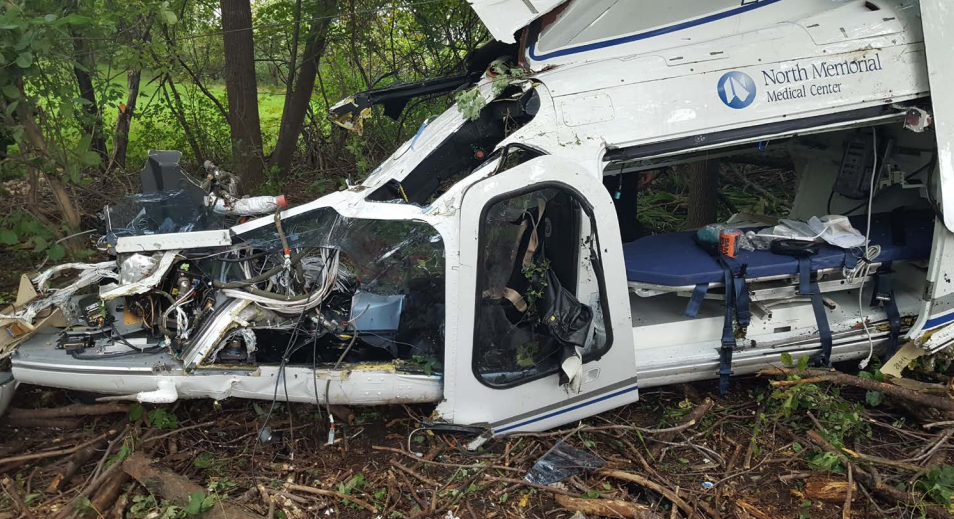
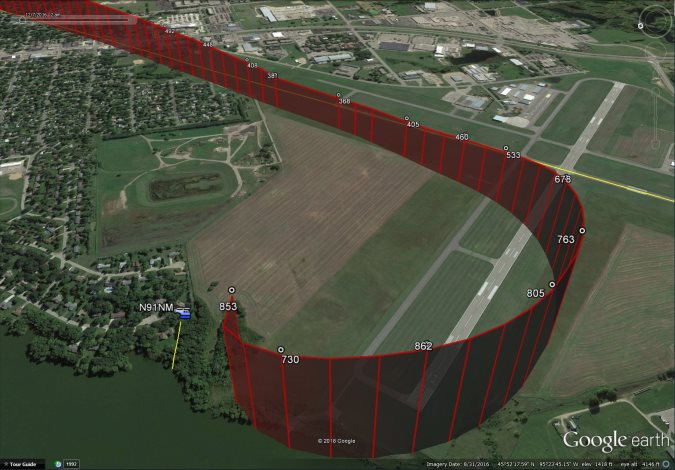
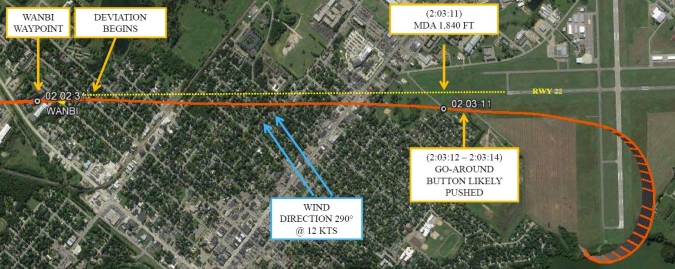
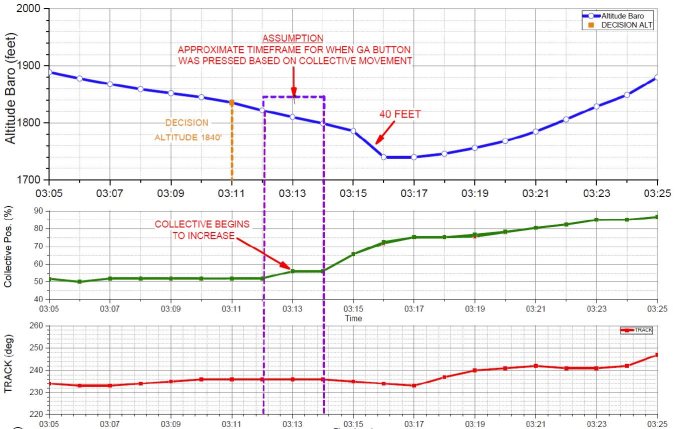


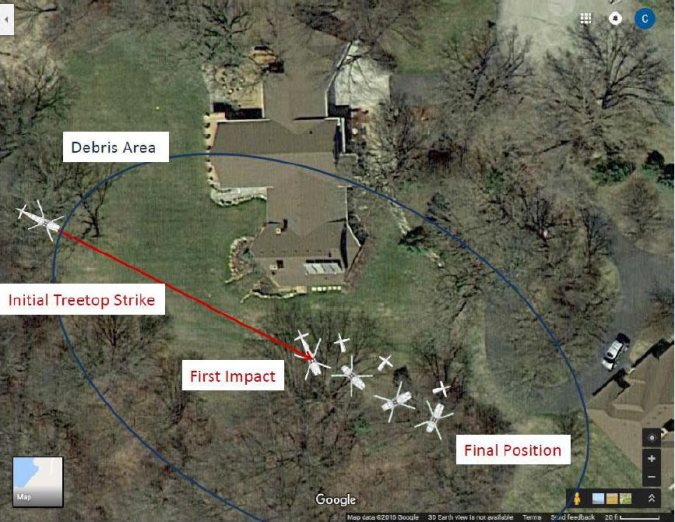
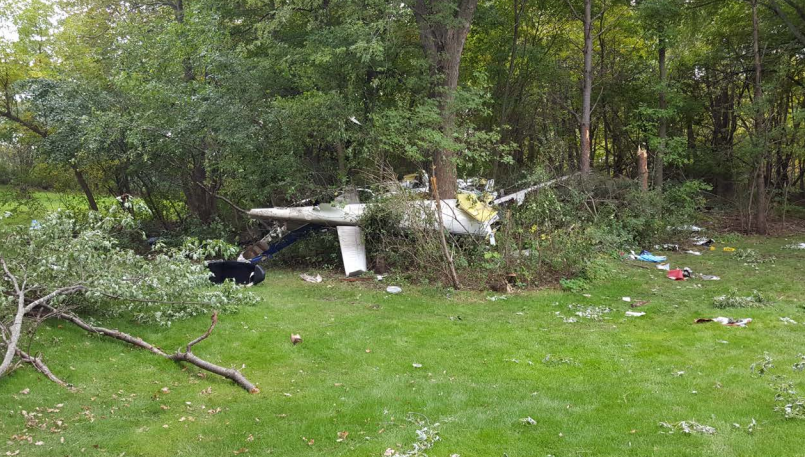
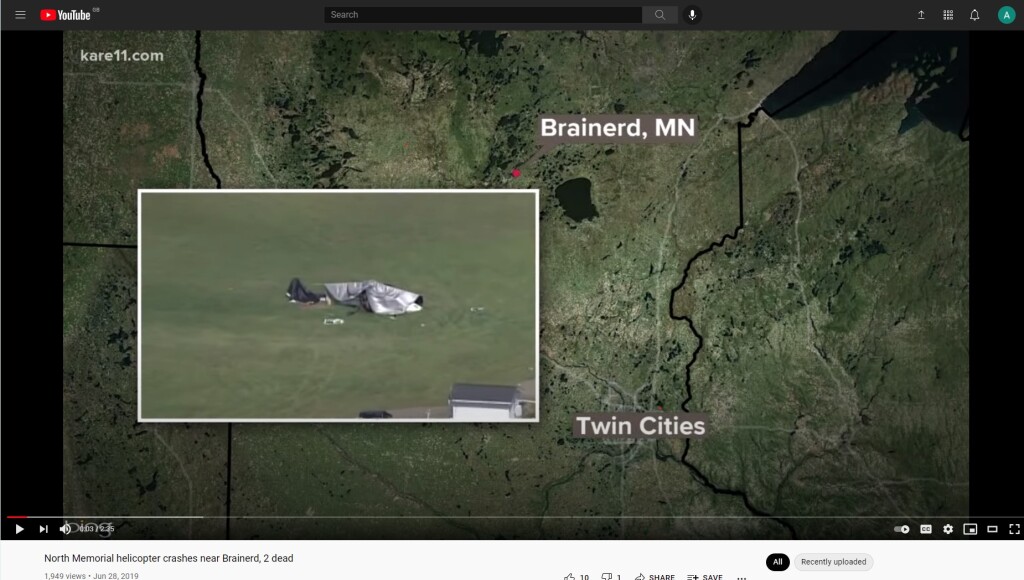
Recent Comments